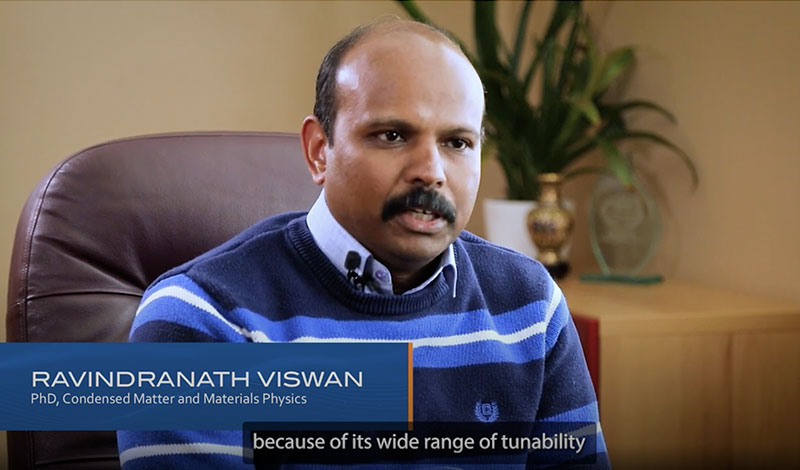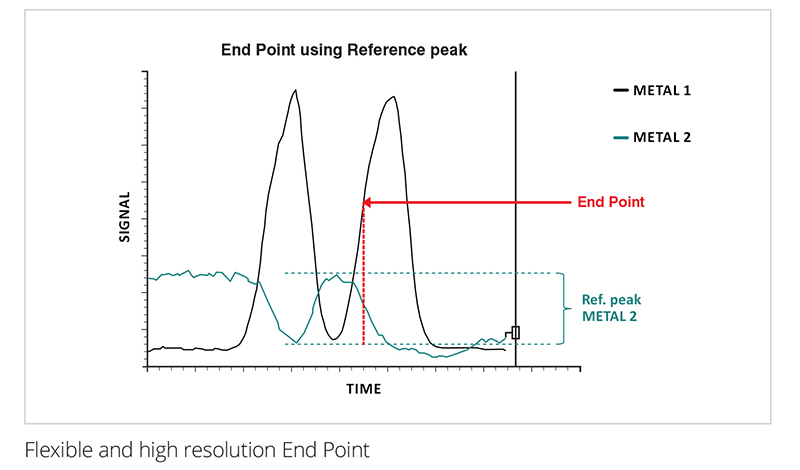

Plasma Ion Beam Chemical Vapor Deposition (PIB-CVD): A New Class of Thin Film Deposition
Posted on
PIB-CVD is a groundbreaking thin film deposition technology with a wide range of tunability, scalability, and durability. A primary feature of PIB-CVD is that the ion current density and the ion energy can both be independently controlled without the need for substrate biasing or additional grids. To learn more about the configurations, treatments, and other… Read More








